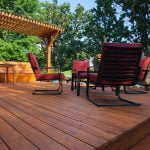Find the Right Exterior Paint for Your Home
Painting the exterior of your home adds curb appeal and value to your property. There is more to painting than simply going to the local big box home improvement store and choosing a paint color. Each type of exterior material performs better with the correct type of paint. Which kind of paint should you use for your exterior?
Stucco
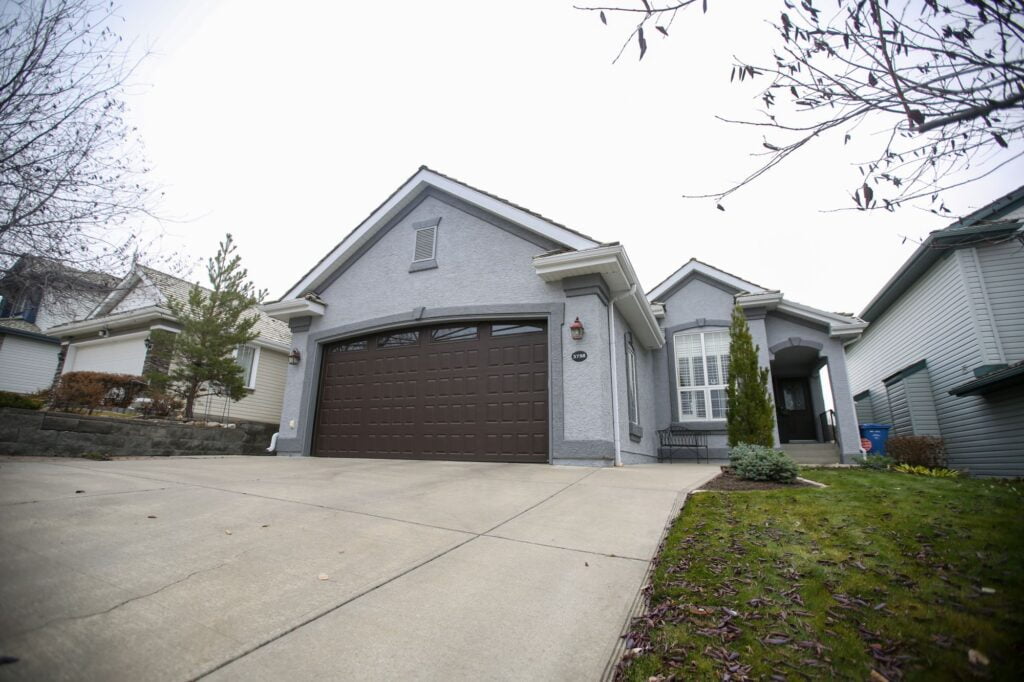
Have you decided to paint your stucco exterior? When painting your stucco walls, you should use either acrylic latex paint or elastomeric paint to get the best possible finish. You will want to use flat paint, and you should apply a minimum of two coats of paint.
Stucco is hard and porous, allowing for breathability. For that reason, you should choose a breathable, durable paint treatment. So, the recommendation for painting stucco is to use 100% acrylic latex paint.
Vinyl

When painting your vinyl siding, you don’t want to choose something too thick as it will flake off in time. A lightweight paint that clings to the vinyl of your siding is 100% acrylic paint. When painting vinyl, you should use at minimum two coats of paint. For best results, lighter colors are recommended because they are less likely to absorb the heat from the sun and begin to bubble.
Wood
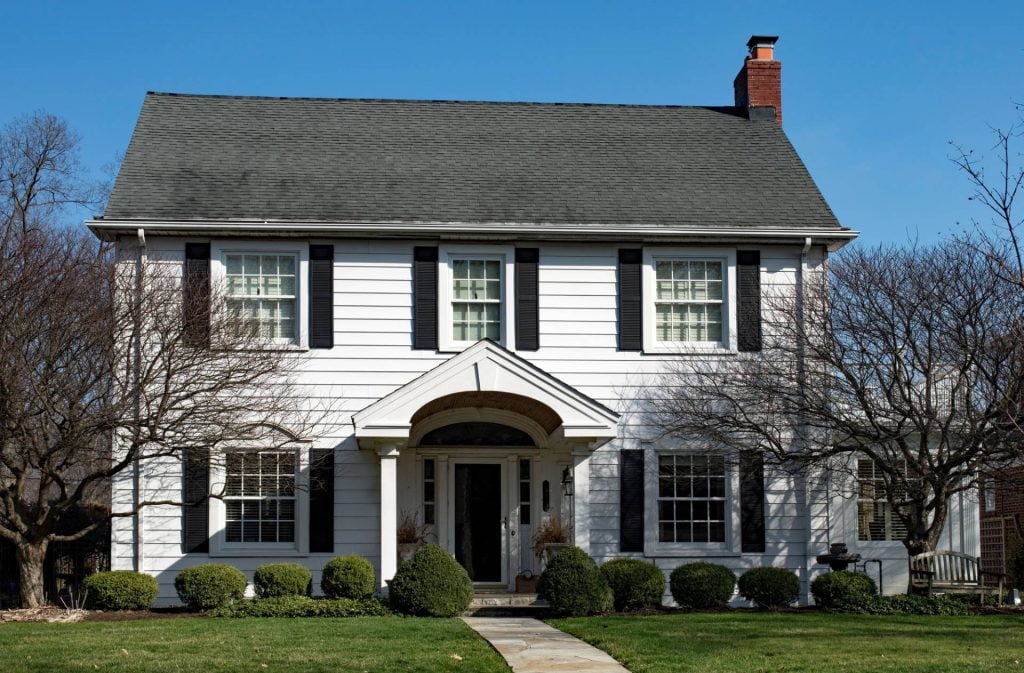
Wood is a porous substance, which means it tends to absorb moisture. This moisture-absorbent property can cause paint to peel and flake from the surface. To paint wood on the exterior of your home, choose a waterborne alkyd-based stain. It will protect the wood surface the best and provide long-lasting results; the next best choice is exterior acrylic stain.
Plastic
Painting plastic can be tricky. If you use the wrong paint, it won’t adhere properly, and you’ll be back where you started. Many pros say that it’s best to choose a paint that matches the application when painting plastic. Exterior gloss paint, either acrylic or waterborne alkyd based, used in conjunction with an appropriate primer, is suitable for general use on plastic surfaces.
Concrete
Concrete tends to soak up paint which makes it a longer, more tedious process to paint concrete. To paint concrete, you need paint that will adhere well to the concrete while still allowing the surface to breathe. A good quality exterior acrylic is suitable for concrete is suitable for most residential and some commercial projects.For larger projects elastomeric paint may be a better choice, as these applications expand and contract with the concrete surface.
Stairs
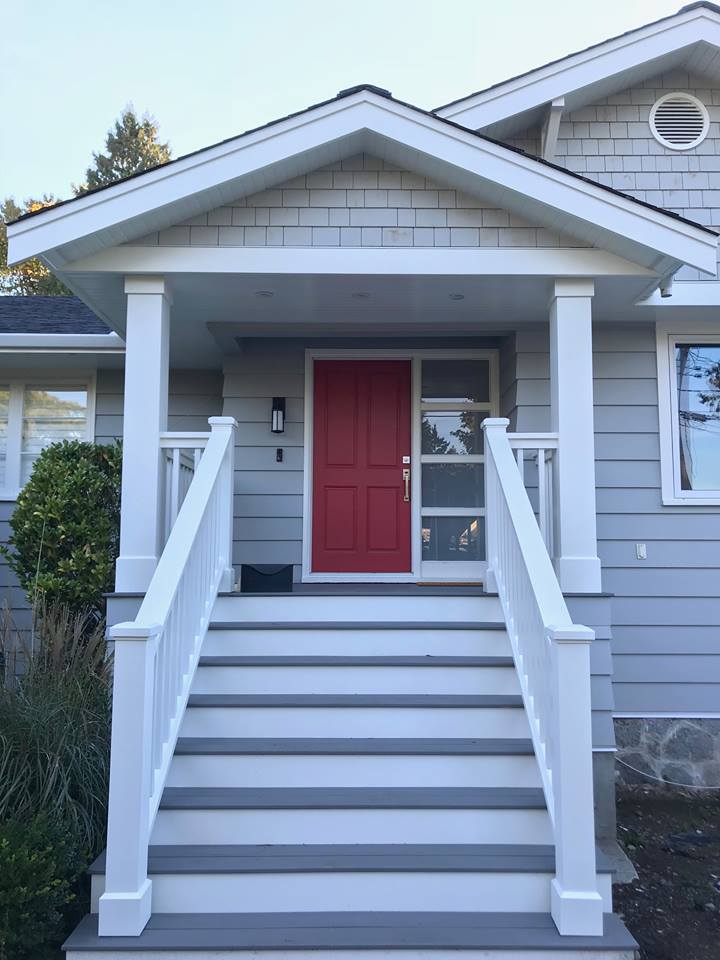
When painting outdoor stairs, particularly wooden ones, you should choose paint formulated for decks or porches (Porch and Floor Enamel). Acrylic and latex paints are durable enough for stairs, and you might consider a paint that is non-slip or that you make non-slip by adding sand to it. Peel and stain resistance and all-weather protection are properties that are wise choices for an outdoor staircase.
Windows
Are your windows vinyl or wood? Aluminum or steel? It makes a difference as to which paint you choose. However, either way, a glossy or semi-gloss finish looks nice on exterior windows. For most windows, a100% acrylic paint is the best choice. Metal trims may need paint for use on metal and are rust-resistant this may require a rust inhibiting primer too.
Balconies
When painting a balcony, consider the type of walls you have. You should choose a paint made for masonry for concrete or brick walls. Choose a high-shine paint suitable for wood, like oil-based or acrylic paint for wood balcony railings. You can paint metal balconies with rust-resistant paint ideal for metal.
Brick
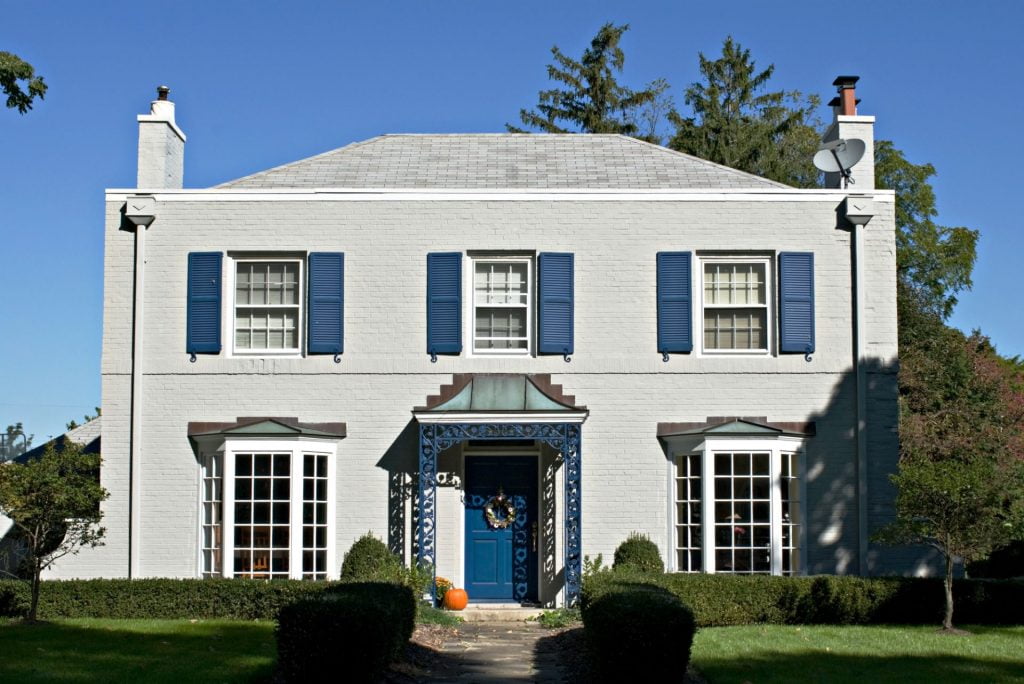
When you paint brick, you want paint that will allow water vapor to pass through it. Oil-based paints must be avoided at all costs. These trap moisture and destroy mortar. Instead, choose good quality acrylic paint or preferably a brick stain.
Line Painting
The appropriate paint for line painting must juggle durability with drying time. White paints for line painting typically contain titanium dioxide, and the yellow lines historically used lead chromate. However, different pigments are used now because the old ones (lead chromate) were toxic.
Another application uses latex paint. This is an effective method, but it requires repainting within a short time.
Aluminum
Some people think aluminum siding can’t be painted. The truth is that it can be painted. It would be best to use 100% acrylic latex paint when painting the metal siding. You should avoid painting it when it is in direct sunlight as it gets hot.
Masonite
Masonite is another kind of siding available on the market. When painting it, ensure you have prepped it properly, then apply primer. Once the primer is dry, you can paint the siding using acrylic latex paint.
Final Thoughts
When you’re ready to paint your exterior surfaces, keep in mind that each material responds differently to paint. It would help to familiarize yourself with the paint that your exterior material handles well.
 (877) 663-5483
(877) 663-5483 (844) 333-1387
(844) 333-1387



